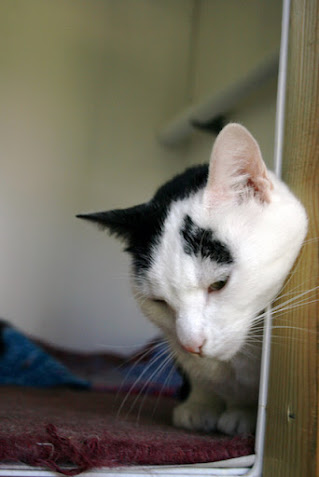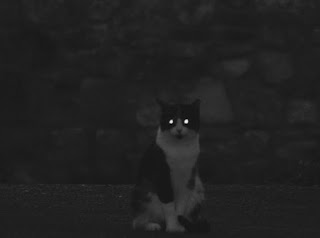 As well as being elegant, they
are very useful indeed for balancing and climbing. When we are up a tree we can use our tail as a counterbalance. If we are walking along a narrow wall, for instance, if we lose our balance and our body lurches to the right, our tail will immediately swing to the left to re-balance us.
As well as being elegant, they
are very useful indeed for balancing and climbing. When we are up a tree we can use our tail as a counterbalance. If we are walking along a narrow wall, for instance, if we lose our balance and our body lurches to the right, our tail will immediately swing to the left to re-balance us.
Cats that have lost their tail in an accident or are born without one like Manx cats, find balancing much harder. For an animal that spends time in trees, it's obvious that the tail is an important help to climbing.
We also use our tail to express our feelings - though that is a different blog.
So what is the anatomy of our tail - well there are somewhere between 19 to 23 vertebrae with six pairs of muscles which can pull the tail from side to side, up and down, and twist it at any point. Compare the dog's tail wagging sideways and moving up and down, but the tail itself just moves from the base. It cannot twist itself half way.
As for humans... no tail at all and therefore about eighteen fewer vertebrae. No wonder they have poor balance, inability to express themselves except by vocalisation.
And a complete lack of elegance.









